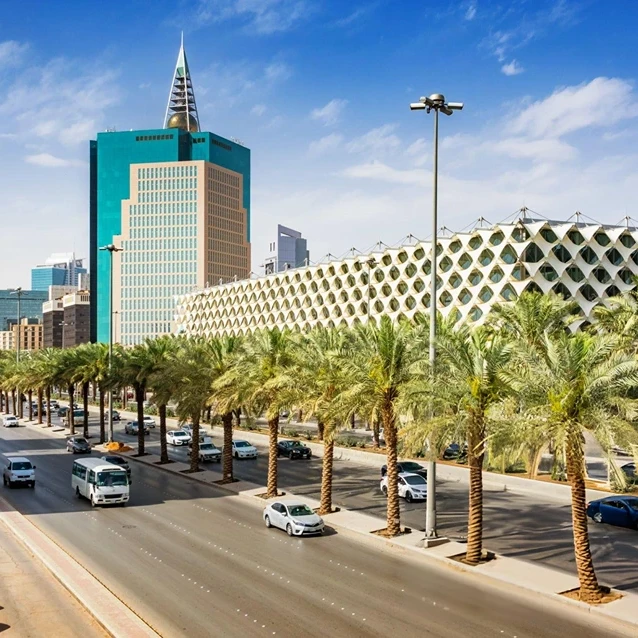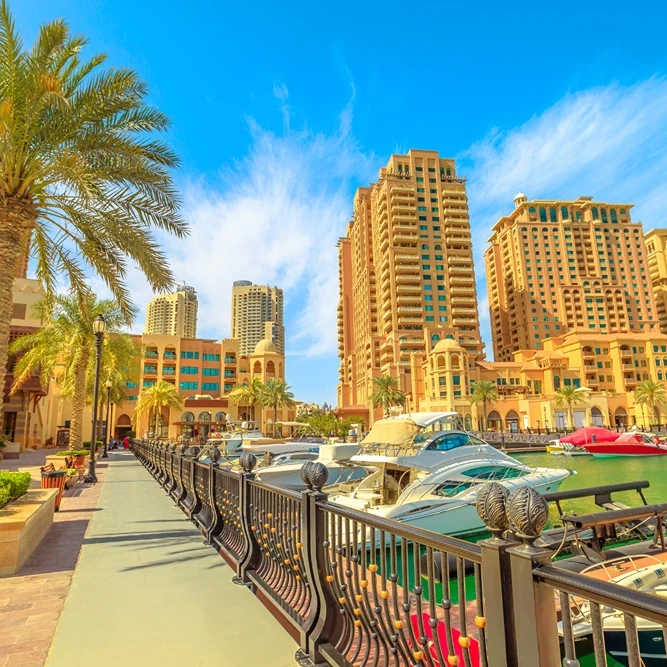Picture navigating the dynamic archipelago of Indonesia, where each journey becomes its own story. How do you make travel not just possible, but enjoyable across such a diverse landscape? Indonesia offers a myriad of transportation options, from practical public buses and trains to the effortless convenience of rideshare apps like Grab and Gojek. For those with a penchant for control, car rentals offer flexibility, though dense traffic may challenge even the most seasoned drivers. This guide unpacks the best ways to traverse Indonesia, making your travel experience both seamless and enriching.
Table of Contents
ToggleExploring Transportation Options in Indonesia
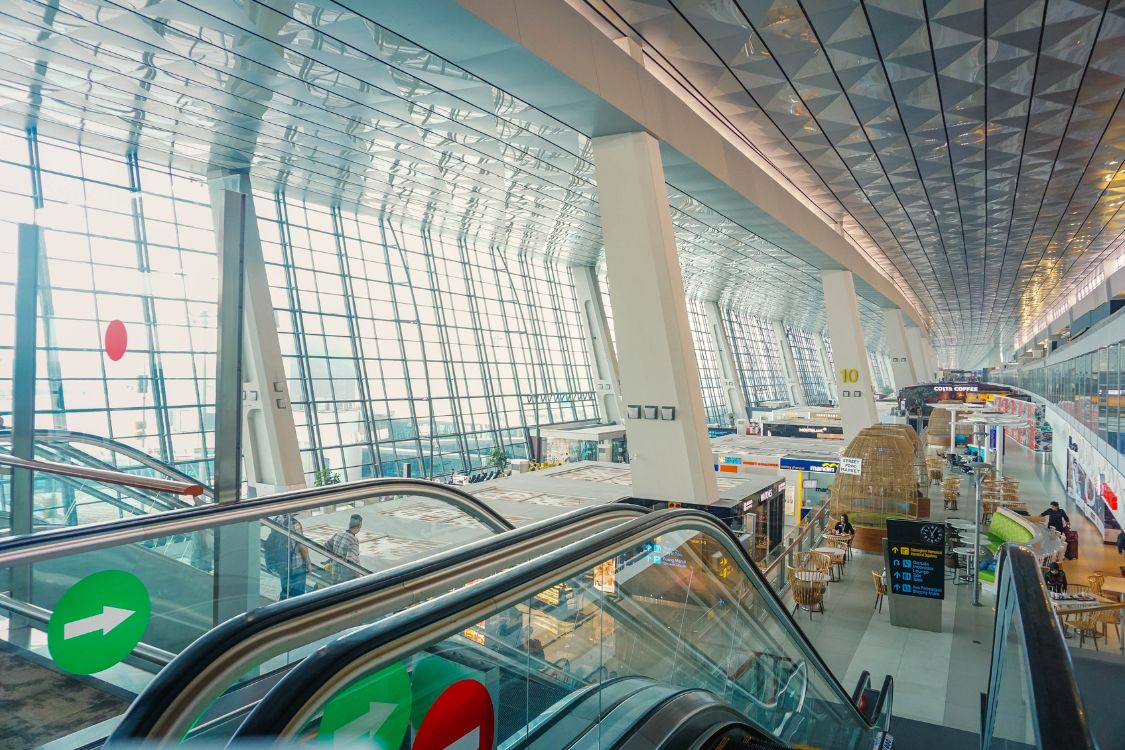
Public transportation in Indonesia provides an affordable way to travel, particularly with buses and trains. Buses are the most prevalent form of public transport, especially for intercity travel. They are widely accessible and offer a cost-effective solution for budget-conscious travelers. In cities like Jakarta, the Transjakarta Busway system offers an efficient means of transport. Meanwhile, Java boasts a comprehensive train network that connects major destinations across the island, providing an economical and scenic travel option.
Rideshare services, including Grab and Gojek, are indispensable for getting around urban areas. These apps are not only convenient but also offer additional services such as food delivery and package transport. They are particularly useful for short-distance travel and can be a quicker alternative to public transport during peak hours. The ease of booking and the option to pay via cash or digitally enhance their appeal, making them a popular choice among locals and tourists alike.
Car rentals are available for those who prefer the autonomy of driving. However, travelers should consider the often challenging traffic conditions, especially in major cities like Jakarta and Bali. Renting a car provides flexibility and access to more remote areas where public transport might be limited. It’s advisable to plan routes in advance and be prepared for local driving habits, which can differ significantly from other countries.
- Affordability of public transport
- Convenience of rideshare services
- Flexibility with car rentals
- Accessibility across regions
- Additional services from rideshare apps
Navigating Urban Centers: Tips for Travelers
When navigating urban centers in Indonesia, it is crucial to consider the timing of your travels. Peak hours, typically in the mornings and late afternoons, are characterized by heavy traffic congestion, especially in larger cities. Planning your trips outside these times can significantly reduce travel delays. Moreover, utilizing ride-sharing apps like Grab and Gojek can offer a convenient alternative to traditional public transport, allowing for a more streamlined and flexible travel experience.
In Jakarta, the Transjakarta Busway system stands out as a reliable and efficient means of public transportation. This network of dedicated bus lanes helps circumvent the city’s notorious traffic jams. Tickets are affordable, and the system covers a vast area, connecting many key locations across the city. For those who prefer using ride-sharing services, these apps are widely available and can be a practical solution for navigating the sprawling metropolis.
Bali presents unique transportation challenges due to its popularity among tourists and the resulting high traffic volumes. Renting a scooter is a favored option for many travelers, offering the agility needed to maneuver through congested roads. Scooters are particularly advantageous for exploring less accessible areas where larger vehicles might struggle.
However, it’s important to exercise caution and adhere to local traffic laws, as road conditions can vary significantly.
Ubud, with its narrow roads and picturesque landscapes, requires a different approach to navigation. While scooters remain a popular choice here, travelers should be mindful of the limited road space and the influx of tourists during peak seasons. Walking is also a viable option for exploring the central areas of Ubud, allowing visitors to fully appreciate its cultural charm. For longer distances, ride-sharing apps provide a convenient and accessible transport solution.
| City | Transportation Options | Tips |
|---|---|---|
| Jakarta | Transjakarta buses, ride-sharing | Plan travel outside peak hours; utilize dedicated bus lanes for efficient travel |
| Bali | Scooters, ride-sharing | Use scooters for flexibility; adhere to local traffic rules |
| Ubud | Scooters, walking, ride-sharing | Be mindful of narrow roads; consider walking for short distances |
Inter-Island Travel: Flights, Ferries, and More
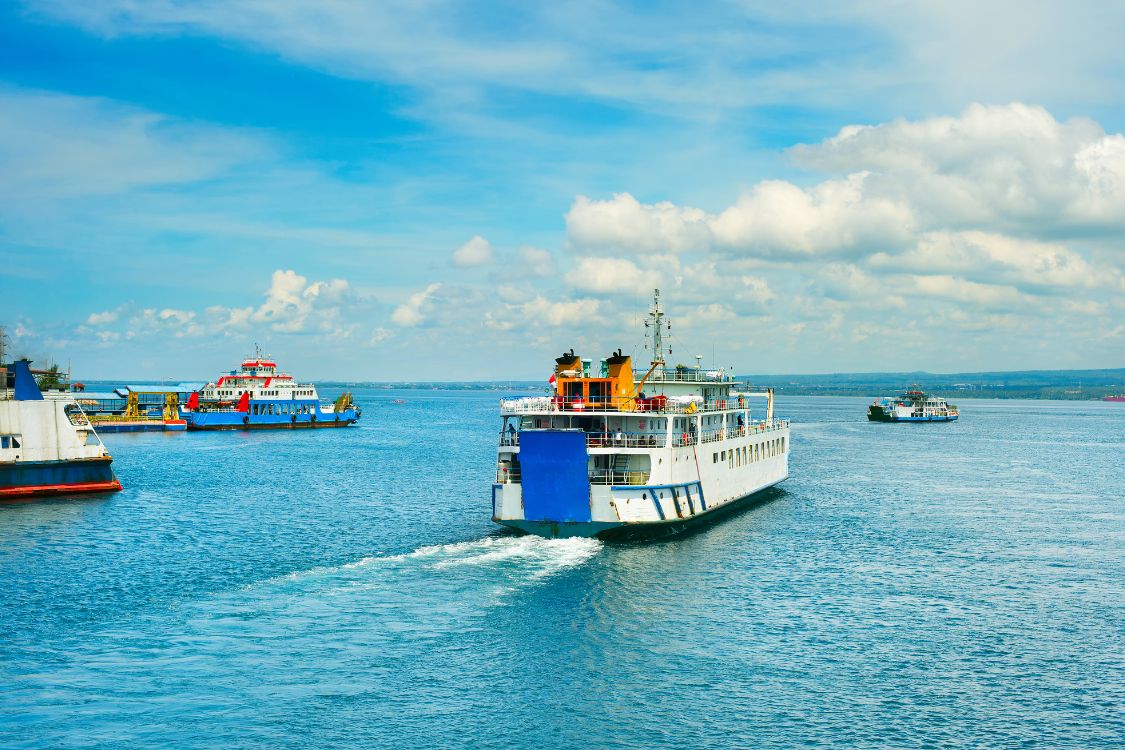
Domestic flights are one of the most efficient and affordable ways to travel between Indonesia’s islands. With competitive pricing, flights from Jakarta to Bali typically cost under $35, making them an attractive option for travelers looking to save time. The network of domestic airlines offers a range of destinations across the archipelago, ensuring that most major islands are accessible. However, travelers should be aware of the limited flight schedules, which may require advanced planning to secure desired travel times.
Ferry services present another viable option for inter-island travel, offering a balance between cost and experience. Local ferry services tend to be more economical, catering primarily to residents and budget-conscious travelers. In contrast, tourist-oriented ferries provide faster transit times but come at a higher price. While ferry journeys can be scenic and enjoyable, they generally require more travel time compared to flights, making them more suitable for those who appreciate leisurely travel.
Beyond flights and ferries, mopeds are a popular means of transport on many islands, providing flexibility and ease of use for short distances. However, travelers should note that motorized vehicles, including mopeds, are not permitted on the Gili Islands. This restriction emphasizes the need to consider local transport options based on specific island regulations and infrastructure. Mopeds are particularly favored for their ability to navigate narrow roads and bypass traffic, but users should exercise caution and familiarize themselves with local driving customs.
- Pros of flights: speed, affordability
- Cons of flights: limited schedules
- Pros of ferries: cost-effectiveness, scenic
- Cons of ferries: slower travel time
- Pros of mopeds: flexibility, ease of use
- Cons of mopeds: restrictions on certain islands
Local Insights and Cultural Etiquette for Travelers
Understanding local driving habits and traffic rules is crucial when navigating Indonesia’s diverse regions. Traffic can be unpredictable, particularly in bustling urban areas like Jakarta and Bali. Drivers often use their horns to signal intentions, and traffic lanes can seem flexible. Adapting to this environment requires patience and attentiveness. It’s vital to familiarize oneself with the standard road practices and stay alert to avoid collisions. Respect for local customs extends to transport settings, where politeness and patience are appreciated, especially in crowded public transport.
Language barriers can be a challenge, as English is not widely spoken outside major tourist destinations such as Bali and Jakarta. Utilizing a translation app can bridge communication gaps effectively. Learning a few basic Bahasa phrases can also enhance interactions and show respect for the local culture. When engaging with locals, maintaining a respectful demeanor is key. Simple gestures, like a smile and a nod, go a long way. It’s also courteous to dress modestly when using public transport or visiting cultural sites, reflecting an understanding of the local etiquette.
- “Selamat pagi” (Good morning)
- “Tolong” (Please)
- “Terima kasih” (Thank you)
- “Di mana…?” (Where is…?)
Cost-Effective Travel Strategies in Indonesia
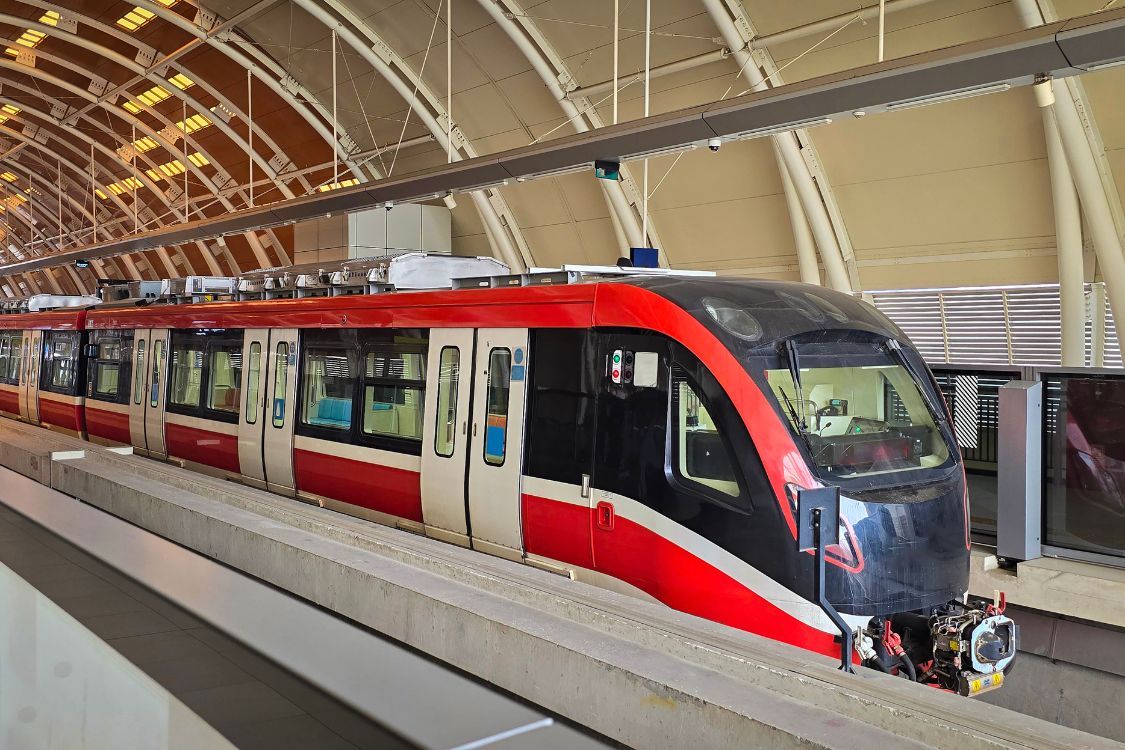
For budget-conscious travelers exploring Indonesia, effective budget planning is crucial to maximizing experiences while minimizing expenses. A daily budget of approximately 425,000 IDR can comfortably cover basic needs, including hostel accommodation and local meals. Midrange travelers might aim for a budget of 1,100,000 IDR daily, which allows for more flexibility in accommodation choices and dining options. Understanding these budget estimates helps travelers plan their finances accordingly, ensuring a well-balanced travel experience without unexpected financial strain.
Public transport remains one of the most cost-effective methods to navigate Indonesia. With bus fares ranging from 3,500 to 9,000 IDR, travelers can traverse cities and regions without breaking the bank. Buses are especially prevalent on the island of Java, where a well-developed network connects major cities and towns. Utilizing public transport not only reduces travel costs but also provides an opportunity to experience local life authentically. Additionally, traveling during off-peak hours can further minimize expenses and reduce travel time delays due to less traffic congestion.
Saving on accommodation and dining is another crucial aspect of budget travel in Indonesia. Opting for hostels or budget hotels can significantly lower lodging costs, freeing up funds for other activities. Street food offers an affordable and authentic culinary experience, with diverse flavors reflecting Indonesia’s rich cultural tapestry. Booking flights in advance can also yield substantial savings, as early reservations often come with discounts. By leveraging these cost-saving strategies, travelers can enjoy an enriching Indonesian adventure without exceeding their financial constraints.
- Use public transport
- Travel during off-peak hours
- Opt for street food
- Stay in hostels or budget hotels
- Book flights in advance for discounts
Final Words
Exploring how to get around in Indonesia offers an array of efficient and practical options. The expansive public transport network provides affordability across cities, complemented by the convenience of rideshare services like Grab and Gojek in urban settings. Car rentals add a layer of flexibility, albeit with traffic considerations in congested areas.
Navigating urban centers is achievable with strategic planning, while inter-island travel offers versatility from flights to ferries. Understanding local customs enhances the travel experience and aids in a seamless transition throughout Indonesia.
Embracing these strategies ensures travelers enjoy a fulfilling and hassle-free journey.
FAQ
Q: What’s the best way to travel around Indonesia?
A: The best way involves using public transport for affordability and rideshare apps like Grab and Gojek in urban areas for convenience. For flexibility, consider car rentals, although traffic can be challenging.
Q: Is Indonesia friendly to Americans?
A: Yes, Indonesia is generally friendly to Americans. Travelers often find locals hospitable and willing to assist visitors. Awareness of cultural customs enhances travel experiences.
Q: Are there Ubers in Indonesia?
A: No, there are no Ubers in Indonesia. Instead, Grab and Gojek are the popular ride-sharing applications offering similar services across the country.
Q: Do you need a car in Indonesia?
A: Generally, a car is not needed due to extensive public transit and rideshare options in urban areas. However, renting a car may be beneficial for exploring less accessible regions.
Q: Getting around in Indonesia – what are some tips?
A: Plan around peak travel times to avoid traffic, use ride-sharing apps for urban transport, and take advantage of cost-effective public transit options like buses and trains.
Hazel Wall is a passionate traveler, writer, and explorer dedicated to sharing her experiences and insights with fellow adventurers. With a background in journalism and a deep love for discovering new cultures, Hazel has journeyed across continents, immersing herself in diverse landscapes and traditions.



